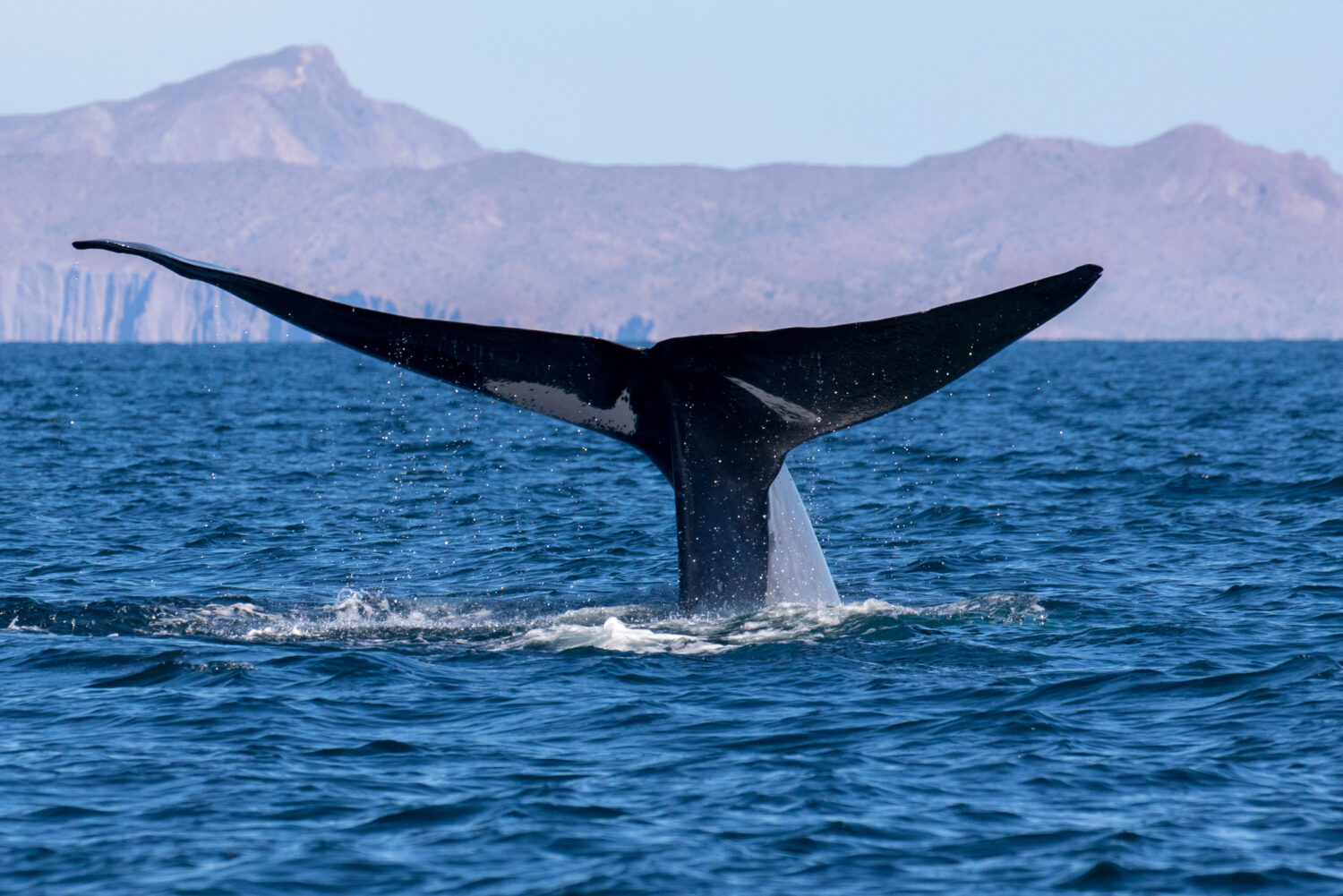
A Sanctuary for Blue Whales
By Mark J. Palmer
In 2022, the Chilean government approved the establishment of the Tictoc-Golfo Corcovado Marine Sanctuary, encompassing a number of fjords along the coast of Patagonia. This is the largest marine park in Chile: 395,500 acres in size.
In addition to protecting one of the largest blue whale populations in the Southern Hemisphere, the park also protects the endemic Chilean dolphin, humpback, sei and minke whales, as well as orcas and other dolphin species.
Peter Buckley, who conceived and developed the David Brower Center in Berkeley, home of the International Marine Mammal Project and Earth Island Institute, says: "Nothing can quite compare to seeing life return to a place where it was once banished and nothing could be a bigger thrill than seeing the world's biggest creatures return to the Tic Toc and Corcovado fjords."
Buckley attributed all the political work to establish the sanctuary to the late conservationist and philanthropist Doug Tompkins. Tompkins unfortunately did not live to see the park established.
Notes Buckley: “I recall walking the Bahia Tic Toc beach with Doug, sea life teeming all around us, when he said, ‘wouldn't it be amazing to see this as a marine reserve? I think we can do it.’ We saw the blue whales return around 2002, just prior to the Corcovado National Park creation...it was as if someone told the whales that they were welcome back.”
The Patagonia region of South America has large areas of land that are still in pristine shape, and a number of parks and reserves have been established there in recent years.

A blue whale fluke. Photo Credit: Shutterstock Joe Morris 917
There is a short snippet in the Oscar-winning documentary The Cove in which filmmaker Louie Psihoyos and his Oceanic Preservation Society team listen in with secret cameras to a conversation around a campfire among the dolphin hunters of Taiji. One of the hunters remarks on the huge number of blue whales that he and other whalers found years ago off Chile.
“When I was in Chile, I saw blue whales from horizon to horizon…. Wherever you looked, the ocean was truly black,” the translation goes. “It was covered with blue whales; my arms were exhausted.”
(The Cove documentary is about the work of the International Marine Mammal Project of Earth Island Institute to expose the slaughter of dolphins in Taiji, Japan, and the connection of the dolphin hunts to the lucrative global dolphin captivity industry, which subsidizes the hunts.)
Needless to say, very few blue whales were left in the Southern Ocean after Japanese, British, and Soviet whalers got through with them. Many biologists in the 1960s and 70s believed there were so few blue whales left that they would be unable to find each other to mate and recover.
Only in the past few years have marine mammal biologists confirmed that the blue whale populations of the Southern Ocean have shown signs of recovering, although still severely depleted.
It is likely that female blue whales seek out protected waters, such as the Patagonia fjords, to give birth to calves. Some female blue whales, before exploitation, exceeded 100 feet in length, the largest animal on Earth.
Antarctic waters are cold and rough, but blue whales raised in protected areas put on weight and are ready to thrive in such waters for the rest of their lives.
Safeguarding whale habitats is key to the future of whales and dolphins around the Earth. Chile’s establishment of the protected coastal marine park is a huge step in bringing back the magnificent blue whale.
*********************************
